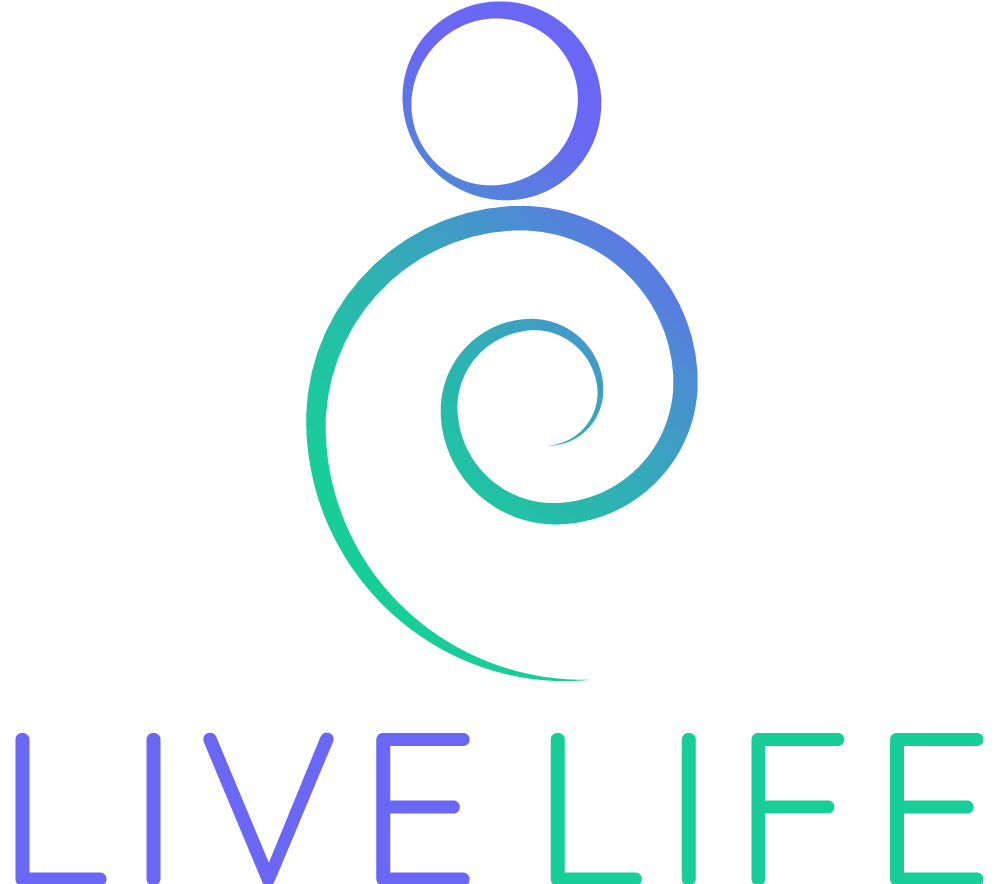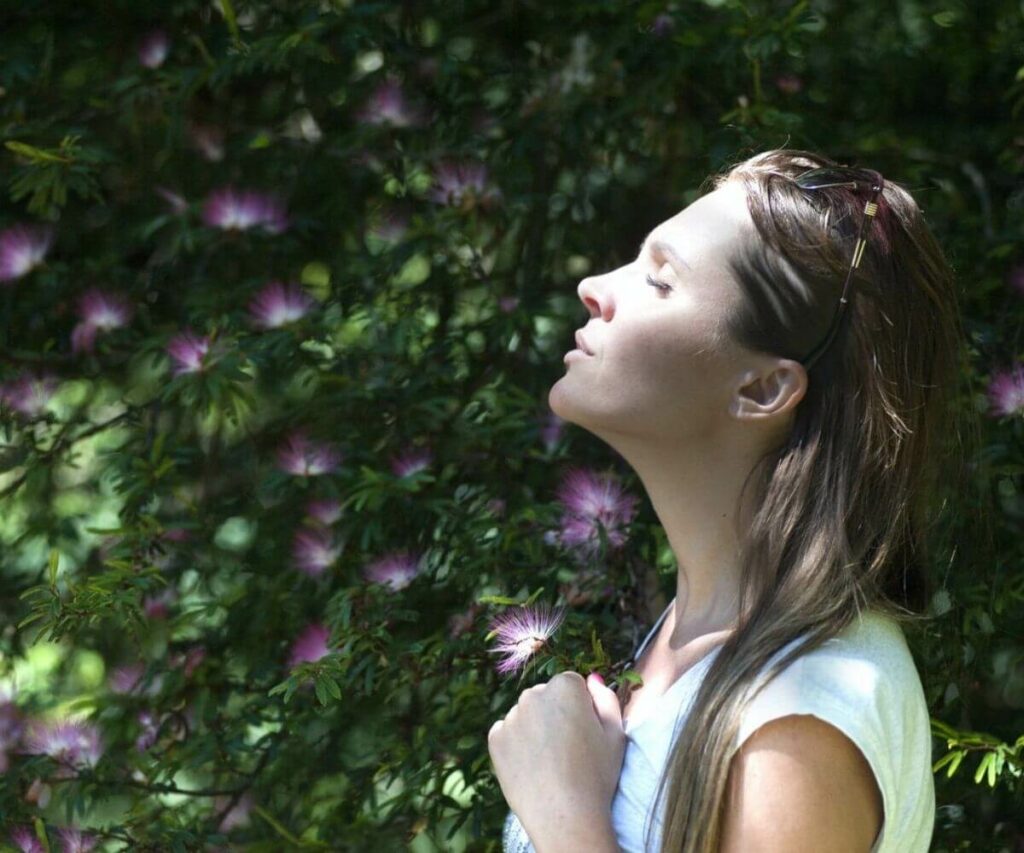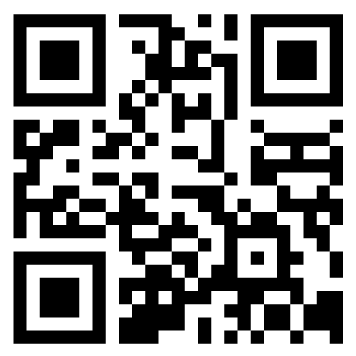‘That breath that you just took…that’s a gift’ said Rob Bell. You would be surprised to know that an average person takes between 17,280 and 23,040 breaths per day. You remain unaware of the fact that you breathe so many times per day! It is scientifically proven that your breathing and emotions influence one other.
This means that if you are happy, sad, or anxious, your breathing will change accordingly. It works the other way as well. Your emotional state of mind influences the rate, depth, and pattern of breathing. For instance, if you react with anger, you are likely to start taking shallow breaths.
What happens when you breathe like this is that you inhale a minimal amount of air into your chest through the intercostal muscles rather than breathe through the lungs. This kind of shallow breathing can be a symptom of hyperventilation.
A person suffers from hyperventilation when he/she breathes in more oxygen and expels out carbon-dioxide from the body. This results in low levels of carbon dioxide in the blood. It can lead to develop symptoms such as dry mouth, feeling lightheaded, muscle spasms, numbness around the feet, etc.
Now you know how much the way you breathe can physically alter your body’s state of well-being. By taking the initiative to practice breathing in the right manner, you can make significant changes to your mind and body. Even if you take 5 minutes out of your day, it is more than enough for your health.
How does the mechanism of breathing work?
As you breathe, you inhale oxygen into the body and you exhale carbon dioxide. As you breathe in through the nose/mouth, the diaphragm contracts. As the diaphragm gets pushed downward, a vacuum is created which leads to a rush of air inside the body.When you exhale, your diaphragm relaxes. As the result, the air is expelled out of the lungs.
Is breathing different from respiration?
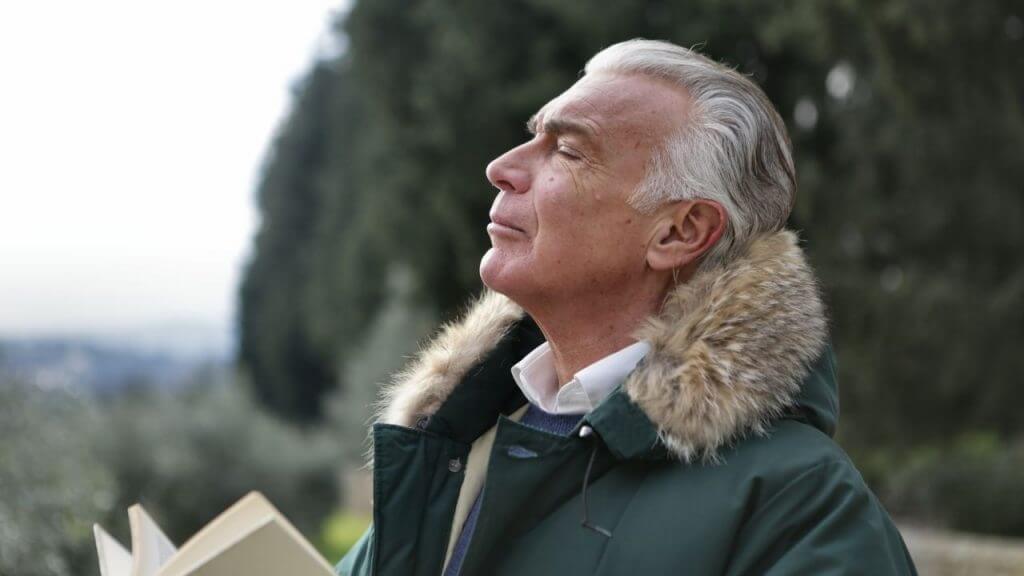
Respiration is different from breathing as it is a biochemical process. Respiration initiates the process of breaking down organic compounds. As the result, energy is produced in the human body. Respiration is automatic. It requires no attention.
On the other hand, breathing is both automatic and voluntary. Automatic breathing happens when you don’t even realize that you are breathing. While the voluntary control of breathing happens when you consciously focus and regulate your breath.
Research shows that there are a lot of benefits for people who practice controlled breathing. It is proved that controlled breathing helps to reduce stress, develop immunity, and be alert. You can learn controlled breathing through different breathing exercises.
What do you mean by breathing exercises? Do they benefit your body?
Breathing exercises are physical activities that you perform using your breath as the tool. There are different breathing exercises such as Pranayama, Alternate Nostril breathing, 4-7-8 breathing, Deep Breathing, etc.
Pranayama is a breath control technique in Yoga. One of the breath control techniques in Pranayama is Nadi Shodhana, which is also known as Alternate Nostril Breathing. Alternate Nostril Breathing includes practicing inhalation and exhalation through one nostril at a time.
As you keep doing this exercise, you are going to feel relaxed and calm throughout the day. You should know that there is a research study that assessed the effect of Alternate Nostril Breathing (A.N.B) in young adults.
The research found that practicing A.N.B enhances parasympathetic responses. The A.N.B influences the processes of excitation and inhibition which are an integral part of the nervous system. For coordination of the neural circuits in the body, the exhibitory and the inhibitory signals maintain a consistent excitation/inhibition (E/I) ratio.
The findings of the research prove that even if Alternate Nostril Breathing (A.N.B) is practiced for just 5 minutes. It leads to an increase in the E/I ratio which is perceived as an increase in parasympathetic activity and decrease in sympathetic stress activities. Just 5 minutes of Alternate Nostril Breathing is enough to calm yourself down.
Apart from Alternate Nostril Breathing, there are a vast number of breathing techniques within the Pranayama that you could work on before you start any physical activity such as running, trekking, etc.
Science shows that Pranayama helps you strengthen the muscles, lungs, and heart as you exert yourself through physical exercises. A study finds that practicing Pranayama improves lung health. Pranayama if practiced for half an hour, five days a week for one month improves respiratory endurance to a great extent.
Another way to exercise your breath is by focusing on the time taken to inhale and exhale air. The 4-7-8 breathing exercise is a short and simple one. It is about inhaling for 4 seconds, holding the breath for 7 seconds, and exhaling out for 8 seconds.
It is proved that this exercise will help you with anxiety-management. This breathing exercise will help you to relax the body and slow down the sympathetic responses. The sympathetic nervous system is responsible for the human body’s response to dangerous situations.
The activation of the sympathetic nervous system triggers the fight-or-flight response which leads to an increase in heart rate and blood pressure. The 4-7-8 breathing exercise will make sure that you respond well to stress.
Unlike the 4-7-8 method which focuses on the time taken to breathe, the Deep breathing method ensures that you breathe in through your nose into your belly. A study shows that Deep breathing will help you lose weight. As you inhale deeply, the oxygen supply in your system increases.
An increase in oxygen levels would help you burn off excess fat and tone your muscles. Science also proves that Deep breathing influences cognition. As you breathe in, your brain is strengthened and attention levels improve.
The study shows that breathing regulates the chemical messenger, Noradrenaline. Noradrenaline affects attention, learning, memory, and motivation levels. Now you know that breathing exercises can tremendously change your health. All you need to do right now is take 5-10 minutes out of your day to train and exercise your breath in different ways.
